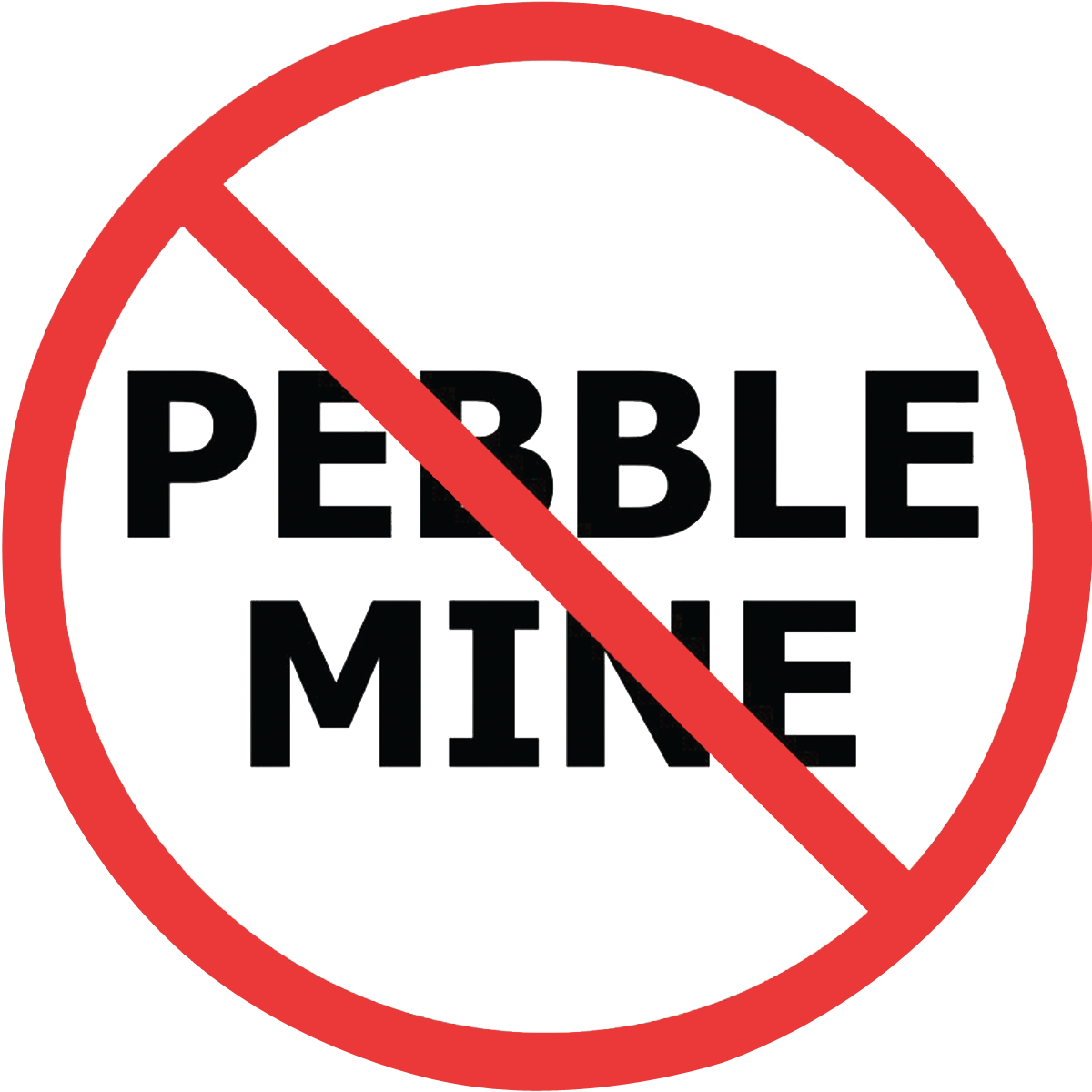Click here for original story by The Hill
By Timothy Cama - 01/13/16 11:06 AM EST
The Environmental Protection Agency’s (EPA) internal watchdog is backing the agency's handling of a pollution permit for a massive mine in Alaska.
The EPA’s Office of Inspector General (OIG) said it found "no evidence of bias in how the EPA conducted the assessment" for the proposed Pebble Mine, nor “that the EPA predetermined the outcome” of the biological assessment for the project.
The report marks a win for the EPA in its years-long fight over Pebble, a proposed gold and copper mine in southwest Alaska. The agency has proposed to severely restrict the mine, saying the effect on nearby Bristol Bay and its ecology from pollutants would be unacceptable.
“There were EPA staff and managers who were considering a [permit restriction] process prior to the EPA’s official announcement to conduct the assessment, but we did not uncover any evidence of a predetermined outcome in any of the documents or emails we reviewed or interviews we conducted,” the OIG wrote.
Republicans have charged that the Obama administration overstepped its authority in 2014 when it proposed to block the mine and that the EPA decided long ago on that path, before conducting any research into it.
The EPA said it was happy with the OIG's findings.
“EPA is pleased that the Inspector General’s independent, in-depth review confirms that our rigorous scientific study of the Bristol Bay watershed and our robust public process were entirely consistent with our regulations, policies, and established procedures and were based on sound scientific analysis,” Dennis McLerran, regional administrator for the EPA’s Alaska office, said in a statement.
“We stand behind our study and our public process, and we are confident in our work to protect Bristol Bay.”
The company hoping to build Pebble, which would be the largest mine of its type in the world, dismissed the report, saying the OIG was derelict in its duty to root out problems with the EPA’s process.
The report “is an embarrassing failure on its part to understand what several congressional committees, an independent federal judge in Alaska, and an independent review by a former senator and cabinet secretary have already found — that EPA acted improperly with regard to Pebble and was biased in its actions,” Tom Collier, president of the Pebble Partnership, said in a statement.
“We expect Congress will continue its investigation into the breadth of misconduct we have uncovered through the limited information that has been made publicly available,” he said.
Collier said his company’s own probing found “incontrovertible evidence” that the EPA predetermined its decisions on Pebble, colluded with environmentalists, manipulated its science and lied to Congress about it.
The IG didn’t completely let the EPA off the hook. It found that Philip North, a former employee in EPA’s Alaska office, used his personal email account to help Alaska Native tribes write their petition for the EPA to block the project in 2010.
But investigators couldn’t conclude whether North’s actions violated rules or the law. The EPA lost years of North’s email records, and the investigators could not locate him for an interview, nor would his attorney send him a subpoena the IG drafted.
The EPA proposed to restrict the mine in 2014, but a federal judge in Alaska has blocked the agency from moving forward on the action while he considers whether officials violated federal laws regarding transparency of advisory committees.
